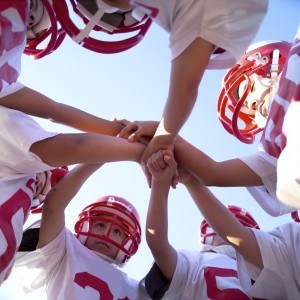Five Tips to Build a Strong IEP Team
Often times I am called into IEP meetings when crisis hits. Parents call me frantic explaining that their child lacks an education, services are not being provided, IEPs are out of compliance, and an IEP meeting is scheduled next week.
After talking with the parent, often I find that both sides have lost respect for each other and the special education process. Parents and educators have responsibilities to form a functioning team that supports the student. Like all relationships, IEP teams need nourishment, love, and respect to function properly.
All too often team members don’t act like team members. For example, I walk into many IEP meetings— the school staff assembles on one side of the table and the parents on the other; not a great set-up for collaboration.
There are five components to building a strong IEP team.
- Check your non-verbal communication. In any meeting including IEP meetings good non-verbal communication successfully establishes a strong functioning IEP team.
Where is everyone sitting?
Are you playing on your electronic device instead of engaging?
What does your body language say?
Are you available to new ideas or different perspectives?
- Respect all team members (including the student and parents). If the student attends the IEP meeting use respectful, positive language when talking about weaknesses and strengths.
- Listen, listen, listen. Often people get stuck in their perspective and forget that a good team member listens to other team members.
- Follow Meeting Norms. See blog post.
- Stop blaming and start problem solving. Set an over-arching goal:
Growing and Educating the Student
Then begin creating smaller goals (IEP goals)to achieve the larger goal of growing and educating the student.
